The unstoppable ascent of tequila
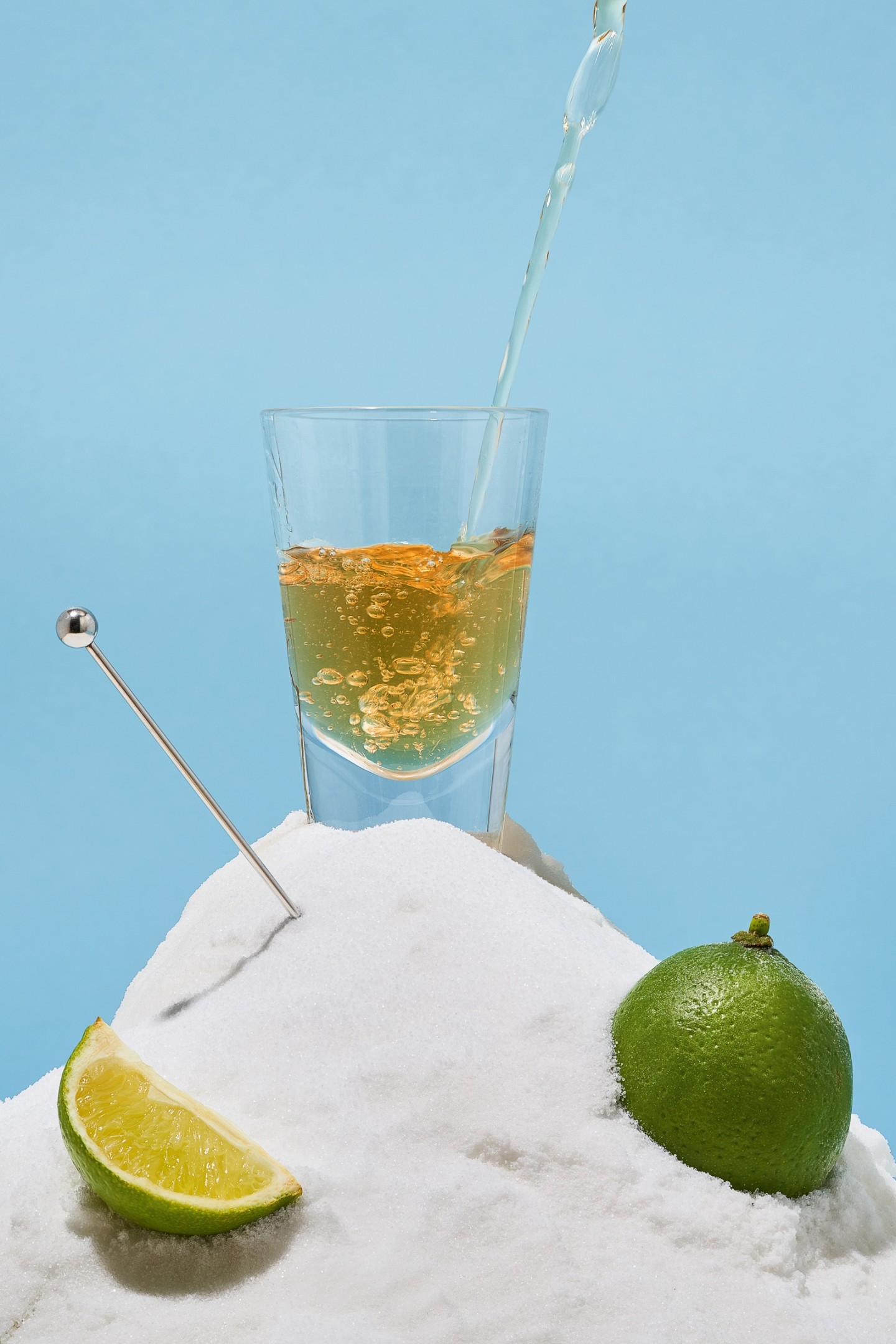
Roula Khalaf, Editor of the FT, selects her favourite stories in this weekly newsletter.
On the opening night of the Frieze art fair in London, the exclusive Maison Estelle club in nearby Mayfair is teeming with art scenesters, eating and drinking across its seven floors. Up on the plant-filled roof terrace, members sip Margaritas, bathed by the light of a bar bristling with expensive tequila bottles.
This is not how Ennismore founder Sharan Pasricha had envisaged it. “We were going to do something focused on rum or champagne,” he says, “but then our members’ love of tequila just took over and our plans had to change.”
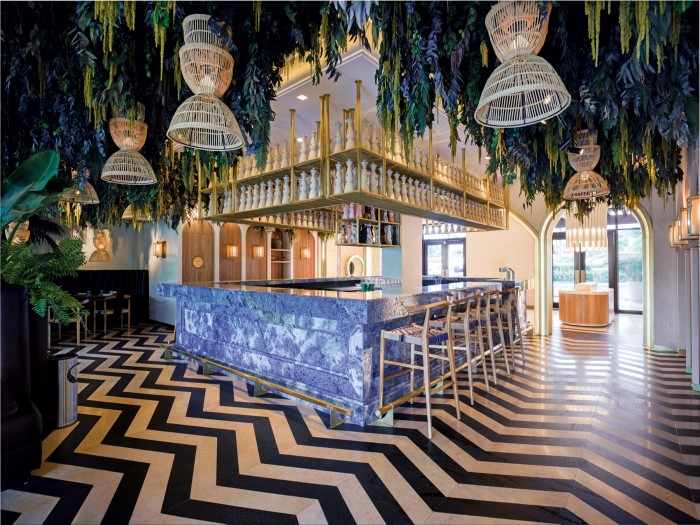
More than 70 per cent of alcohol sales at Maison Estelle (excluding wine) are now accounted for by tequila. Pasricha says the Margarita is its bestselling cocktail “by a country mile”. At the club’s Miami outpost, Hyde South Beach, tequila sales had already reached $1.8mn by October. And we’re not talking about the kind of tequilas that come topped with a red plastic sombrero. Bestsellers at Hyde South Beach include the ultra-premium Clase Azul Reposado; the digestif-style extra-añejo Don Julio 1942; and Casamigos, the tequila brand Diageo bought for $1bn from George Clooney and partners in 2017.
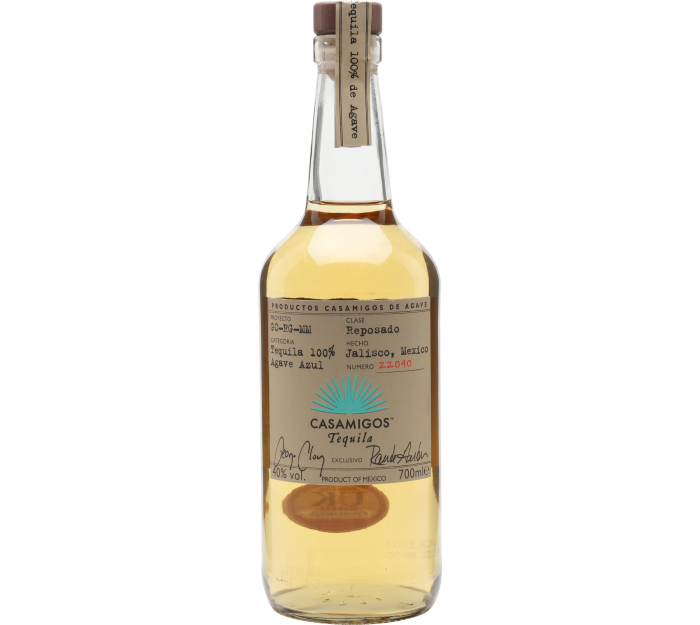
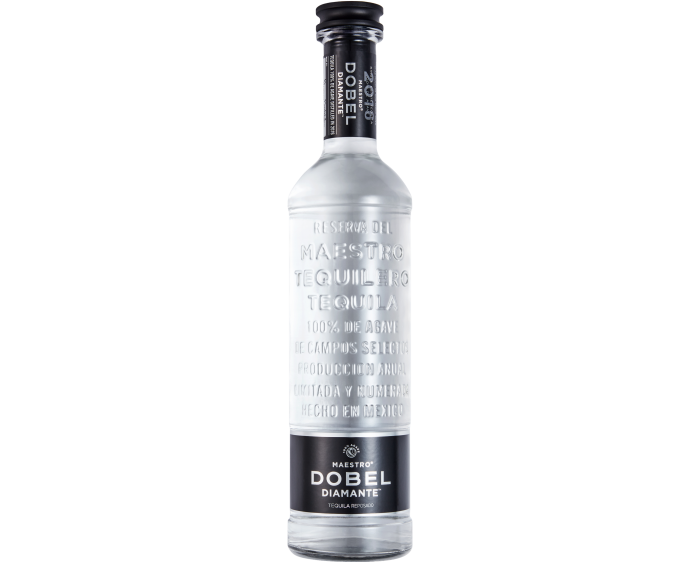
“They’re drinking it neat, over ice, in cocktails, with soda and lime and also sipping it after dinner,” says Pasricha (whose drink of choice, by the way, is a Casa Dragones Joven tequila over a single block of ice). “It’s not confined to one gender or age group; it’s a really broad demographic. It’s a spirit that’s found a way to appeal to everyone from cocktail lovers to more traditional whisky drinkers.”
By the end of this year, tequila will have overtaken vodka and whiskey to become the most valuable spirits category in the US, with sales totalling $13.3bn – according to global drinks analyst IWSR. America and Mexico still drink the lion’s share, but the UK, Canada, Australia and Colombia are also “poised for growth”, with volumes forecast to be up seven to nine per cent in the next five years.
“Demand has just sky-rocketed in the past three to four years, it’s almost absurd,” says Phillip Dunn, spirits director of Wally’s Wine, a Los Angeles luxury spirits retailer. “Most of what we sell is in the $175-$200 price range but we’ve got some Clase Azul that is more than $2,000 a bottle. It just takes some influencer on TikTok to namecheck a tequila and we’ll instantly get 25 calls.” Like Pasricha he notes the tequila trend cuts across all age groups.
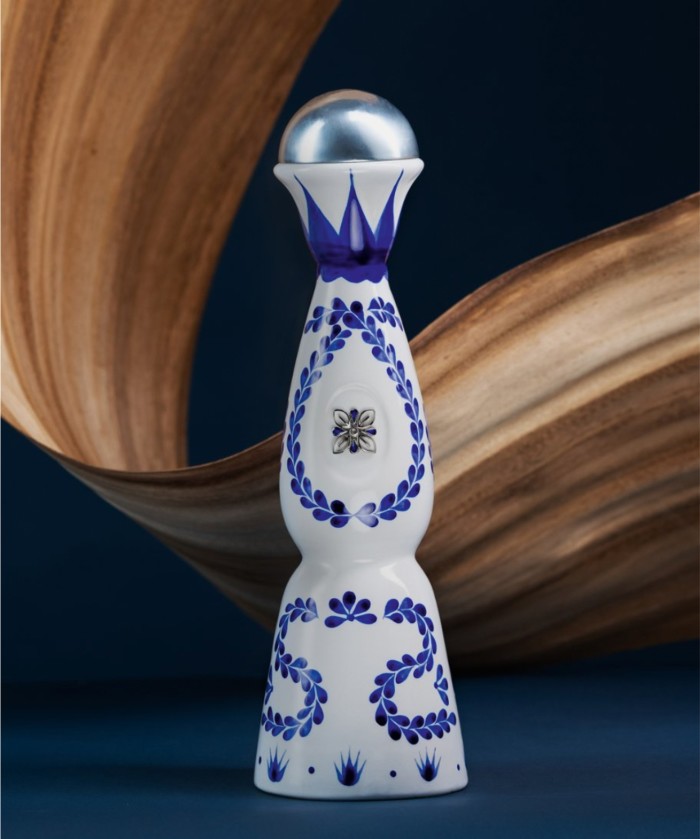
So what makes these tequilas different to the headachey stuff we all used to shoot as students?
One thing is the raw materials. The cheap-and-cheerful brands everyone drank back in the day were generally “mixto” tequila, which is made from agave mixed with other, cheaper distillates. These days, pretty much any self-respecting premium brand is made from 100 per cent Blue Weber Agave. Another key difference is the way many of these tequilas are aged. Tequila is traditionally drunk with little to no ageing (which is how many tequila aficionados still prefer it, as you can really taste the agave – a curiously delicious mix of lemon and lime, grilled pineapple and wet pavements).
But the past couple of decades have seen a boom in aged añejo and extra-añejo styles aimed at the export market. These tequilas are aged for 12 months or more in oak barrels, which gives them an amber colour and notes of caramel, vanilla and spice reminiscent of cognac or whisky. A spin-off of this category is cristalino tequila, which is barrel-aged and then filtered so it’s crystal clear – examples include Don Julio 70 (£97.90, hedonism.co.uk) and Maestro Dobel Diamante.
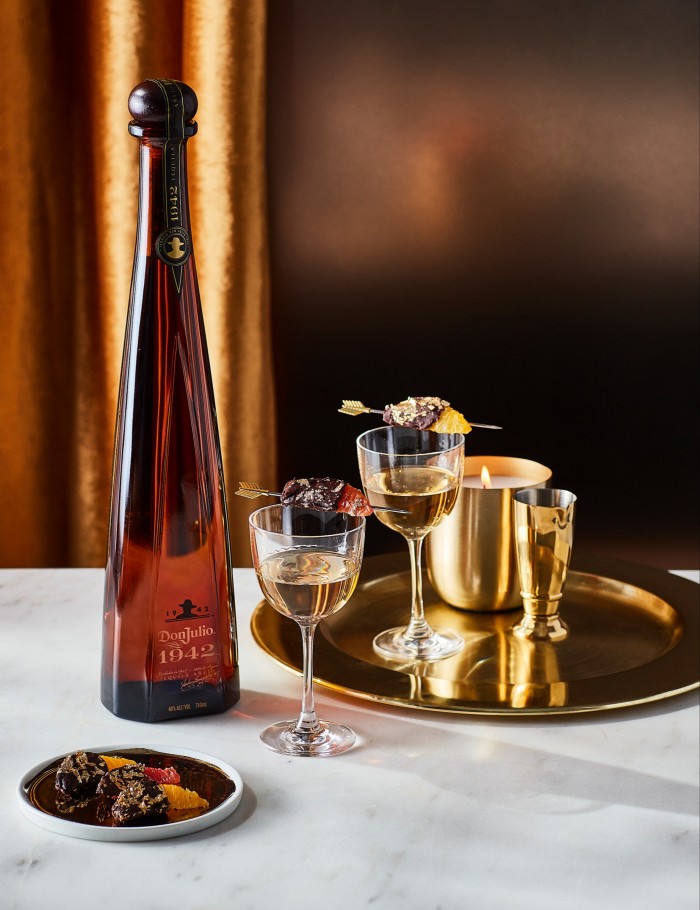
Plus, the packaging has evolved. Ultra-premium brands like Clase Azul and LVMH’s Volcan XA now court collectors and club-goers with flashy bottles and handmade decanters. A glut of celebrity-owned brands backed by names such as Kendall Jenner, Nick Jonas, Eva Longoria and the aforementioned Clooney haven’t hurt the category, either.
Increasingly tequila is positioning itself not just as a liquid, but a lifestyle: Clase Azul launched its first luxury “destination”, La Terraza, a bar, restaurant, boutique and tasting experience in Baja California Sur Los Cabos last year. “There is also a perception among many guests that tequila is a healthier alternative to other spirits,” says Adam Baca, beverage director of the lux NYC members’ club Zero Bond.
Casa Dragones was one of the first tequila brands to target the top end exclusively. “When they came to me in 2015/16 with its $300 Joven, I was like, ‘Really?’” recalls Dunn. “But people just went crazy for it. In my mind, in this category, Casa Dragones is the OG.” The brand’s CEO and co-creator is Bertha González-Nieves, a former luxury goods director with two decades in the tequila industry (she also has the distinction of being the world’s first female maestra tequilera, or certified tequila distiller.)
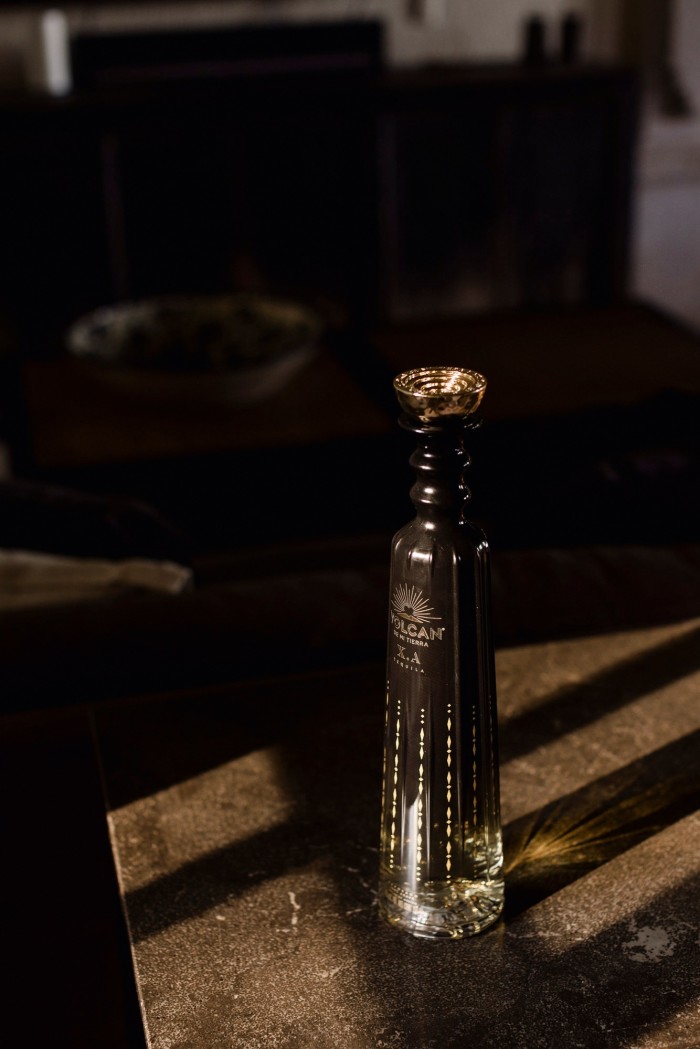
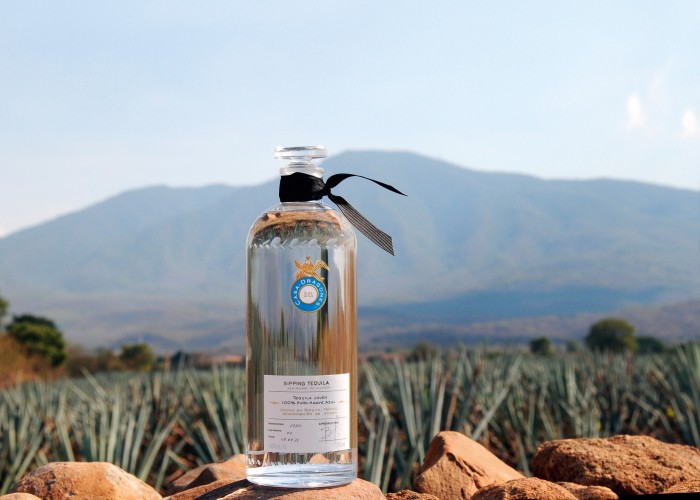
Casa Dragones’s calling-card is its small-batch Joven, a star-bright blend of blanco and extra-añejo tequila that combines the citrusy, mineral tension of agave with a silky, creamy finish. The Reposado ($170, wallywine.com) is rested in barrels made from mizunara, or Japanese oak, an incense-y type wood that’s more often used in the maturation of upmarket Japanese malts.
“Casa Dragones drinkers are on a journey of adventure, of taste – they want to expand their taste profile,” says González-Nieves. “So we are always looking at new aromas, new finishes, and new ways of enjoying it.” González-Nieves chose to target sommeliers with a campaign focused on food-pairing – and her tequila now sits alongside fine wine on menus from the French Laundry in Napa to the Paris Ritz. The tequila comes in a hand-signed crystal bottle and even has its own dainty tasting flute, designed by the Austrian wineware company Riedel.
Tequila is increasingly becoming an important part of the portfolio even for more traditional drinks merchants. Berry Bros & Rudd spirits buyer Rob Whitehead says it’s been a crucial tool for recruiting the next generation of clients. “They want the best of everything: the best wine, the best whisky, champagne – and now the best tequila, too.”
Customers approach it with the reverence of a single malt, he says, but with one key difference: “If you have a really nice whisky you might pour yourself a dram every now and again and then put it back in the cupboard for another year. But if you put one of these tequilas on the table you can guarantee that by the end of the night that bottle will be empty.”
What’s next for tequila? Dunn says customers are increasingly asking for brands that are additive-free (under the current rules, up to one per cent of a tequila can be made up of four types of additives: caramel colouring, oak extract, sugar syrup or glycerine). He also expects to see more customers leaning towards artisan mezcals as consumer knowledge about agave spirits increases.
The latest celebrity to join the agave pile-on is the Formula One driver Lewis Hamilton. The intermittently teetotal entrepreneur’s new product Almave is a non-alcoholic “spirit” distilled from blue agave that has all the cues of a luxury tequila. It’s made by Casa Lumbre, the same company that created Lenny Kravitz’s Nocheluna Sotol.
It’s no substitute for the real thing – the extra-añejo-style Ambar tastes like watery cinnamon rolls to me – but it’s just another sign of a drinks category that increasingly knows no boundaries.
Letter in response to this article:
Big tequila brands leave a sour taste for Mexican farms / From Rodrigo A Medellín and others
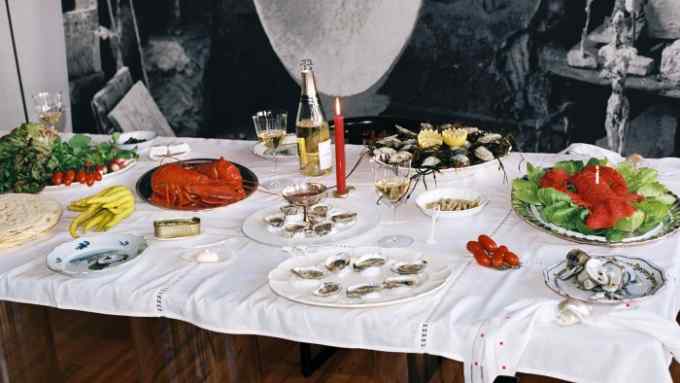
Comments